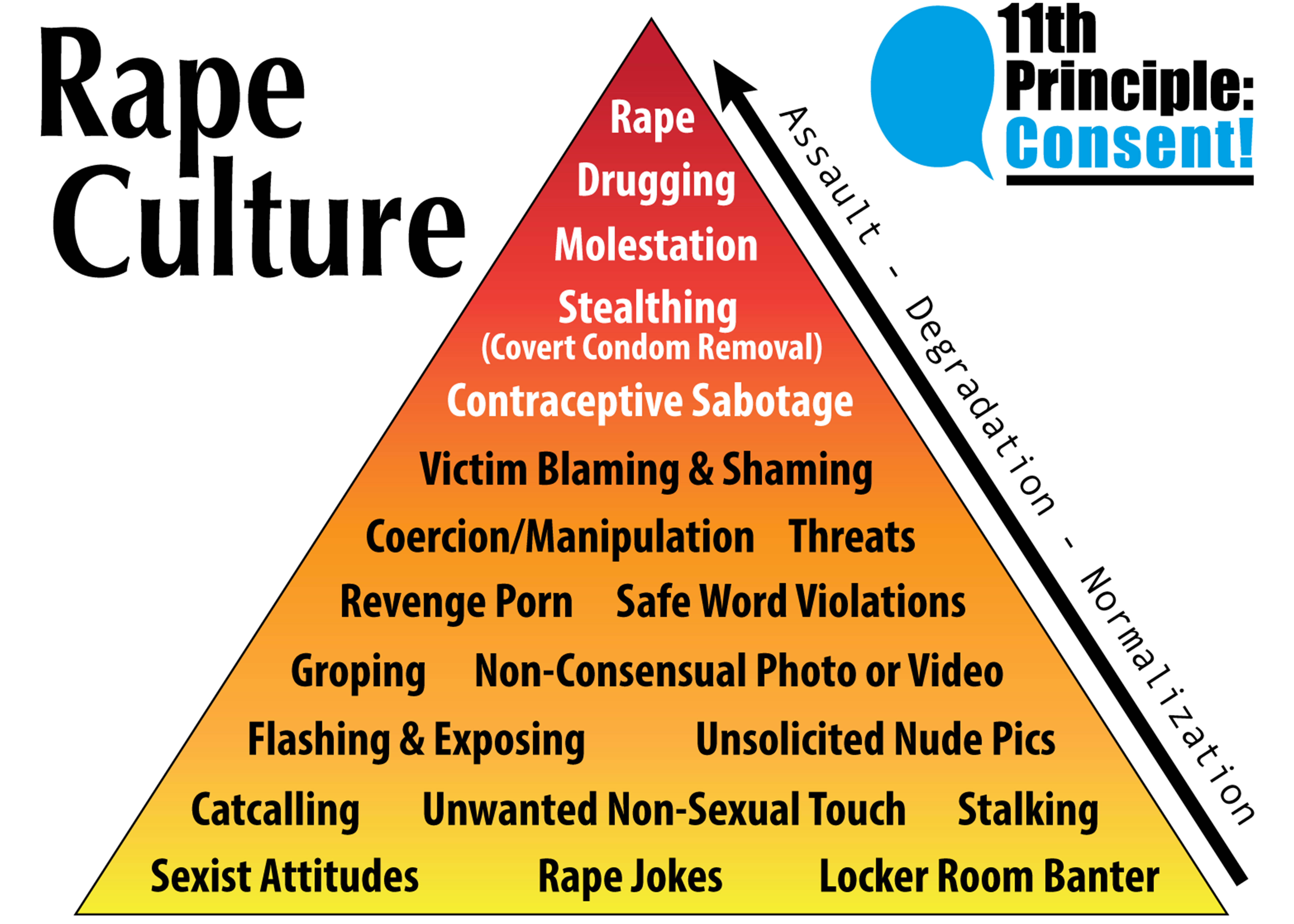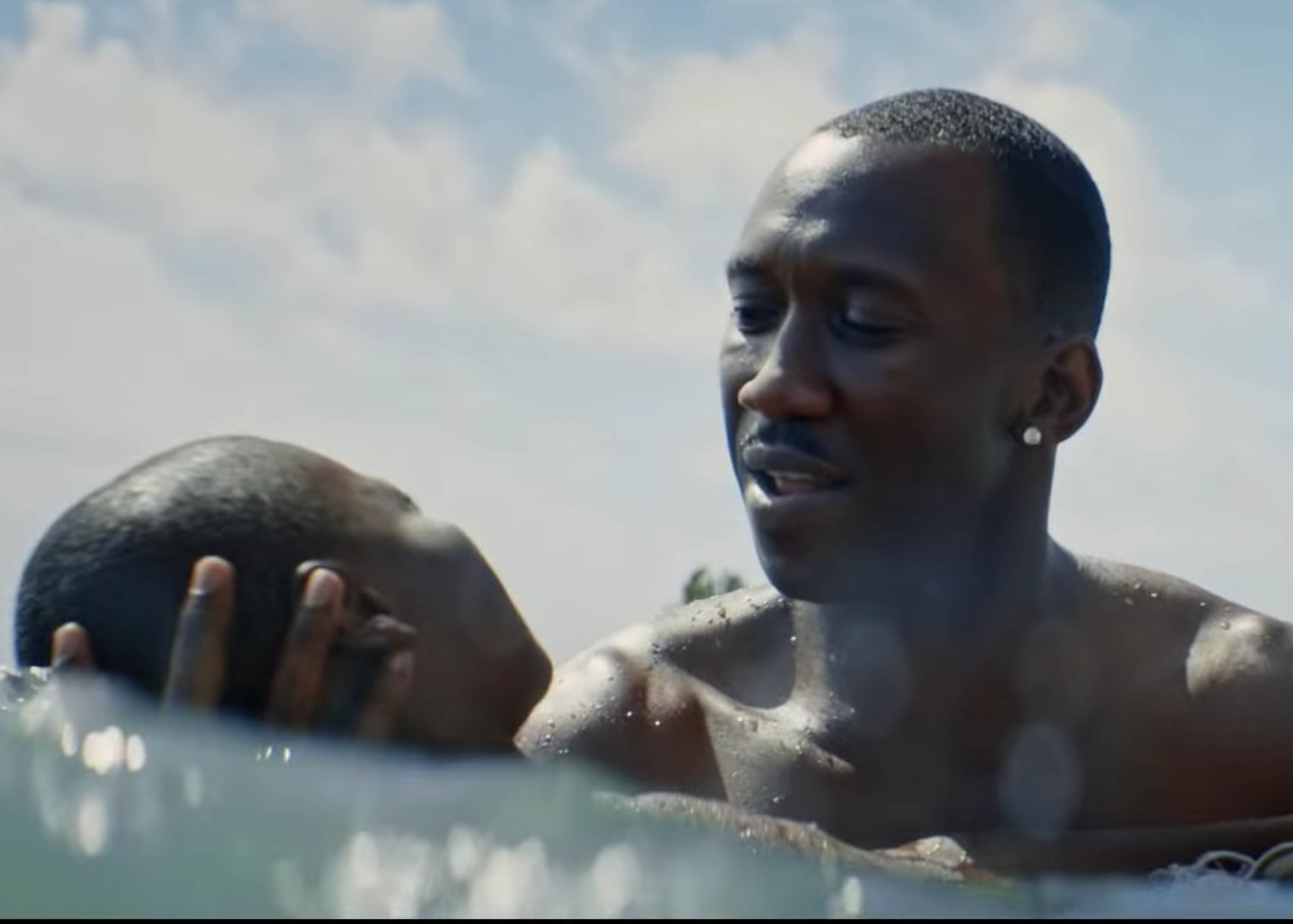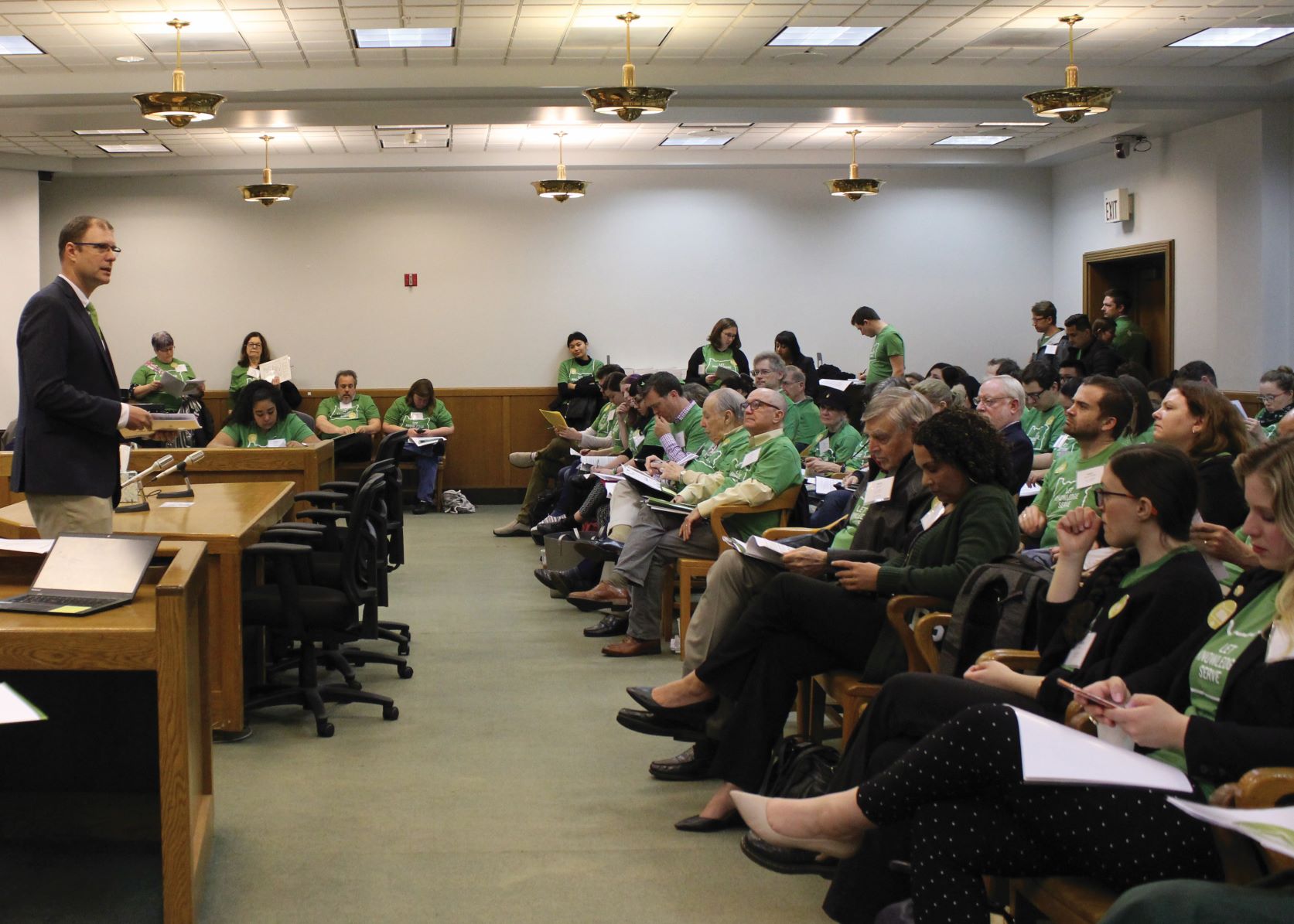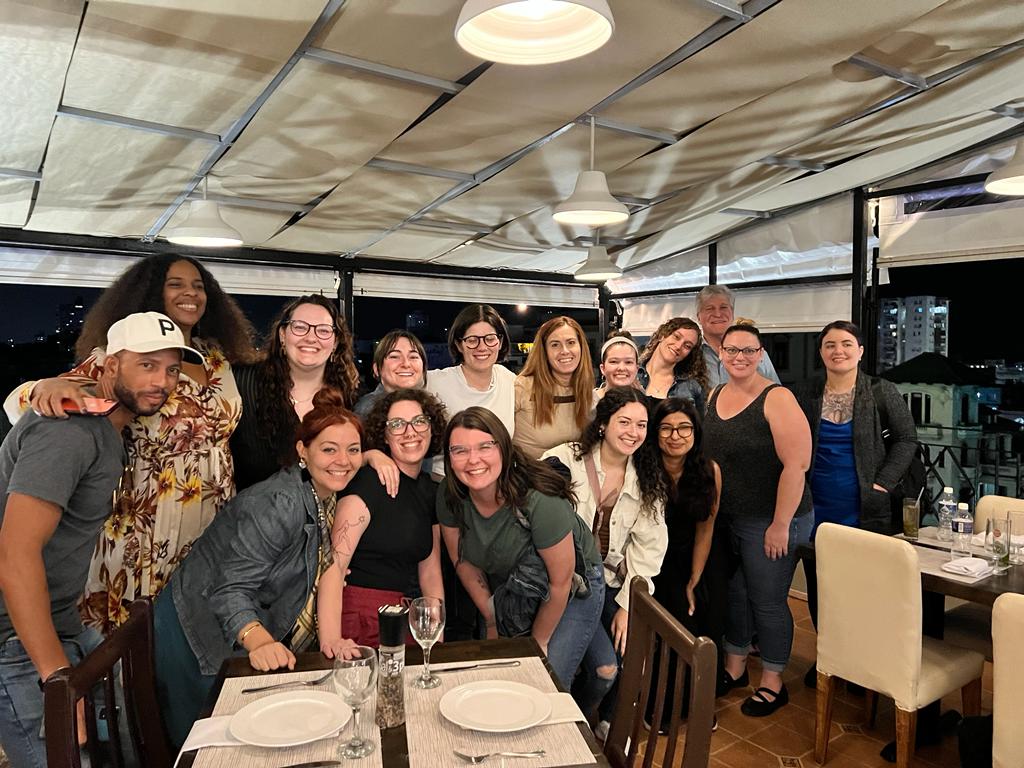Dana Macaulay, assistant dean of student life, led a roundtable conversation covering rape myths spanning the 1950s through the 2000s on April 3 at the Women’s Resource Center.
The conversation delved into historical and social contexts affecting rape narratives over time. It ended with a discussion of attendees’ experiences with sexual assault and how the issue of rape is dealt with on college campuses and within the justice system.
1950s–1960s
The discussion began with the ‘50s, a time when young, primarily white women are the stereotypical rape victims. LGBTQ individuals, people of color and low-income people without privilege were not typically considered victims of rape.
By the 1960s, victim-blaming is common. The stereotypical image of a rape victim still looks like a white woman, and the idea that someone can prevent their own rape by taking preventative measures is prominent.
“The narrative of ‘I didn’t want that. That was actually sexual assault and that wasn’t my fault,’ took root in the ‘60s and then spread in the ‘70s,” Macaulay said.
1970s
This era sees a spread of the feminist ideology of using collective power to work against rape. The spaces where socialization happens shifts toward public places such as clubs and discos, leading to more interaction between people outside of their own social circles.
In 1978,Oregon resident John Rideout is believed to be the first man to stand trial on a charge of raping his wife while they were living together, according to The New York Times.
Affirmative action policies lead to more people of color attending institutions of higher education with an increase in accessibility and interaction.
“People of color started to go, ‘Hey, wait, this can happen to us too. We can be victims too,’” Macaulay said.
1980s
This decade sees an increase of women in the workplace with higher ranks, with more interaction between men and women in professional settings. Date rape becomes part of the common nomenclature.
“Acquaintance and date rape became a commonly understood thing. It’s not necessarily the guy in the bushes with the mask anymore,” Macaulay explained.
There is also a shift back toward institutions of higher education being responsible for their students.
“In the ‘80s you saw a tightening of rules on college campuses around alcohol use and drug use,” Macaulay said. Drug use on campus begins to go underground.
“Then we start to talk about intersectionality. In the third wave of feminism, this is where the awareness of LGBTQ and males as rape victims comes into play,” Macaulay said.
Rape in popular culture, such as in teen movies, is used as a joke and treated with little sensitivity.
“Movies and popular media are showing non-consent, but it’s a punchline and most people aren’t really even critical of it like we would be now,” one attendee said.
1990s
The 1991 Anita Hill and Clarence Thomas controversy makes headlines. Thomas was appointed to the Supreme Court despite allegations of sexual harassment from Hill, a woman he supervised at the United States Department of Education and the Equal Employment Opportunity Commission.
“I couldn’t believe he was elected to the Supreme Court,” one attendee said, “And it happened again [with Kavanaugh] and I thought, ‘Wow, we have not gotten very far.’”
In 1993 the Lorena Bobbitt case, in which Bobbitt cut off her husband’s penis in his sleep after years of allegedly being raped, beaten and sodomized, dominates popular media.
“There’s this narrative around, ‘If you’re being abused, then what you should do is leave—if you’re being assaulted then you should fight,’” Macaulay said.
One attendee recalled being disappointed with the news coverage of Bobbit’s case.
“They kept saying, ‘She should have done this or that’ when they should have been saying ‘He shouldn’t have been beating her,” she said.
By 1998, former President Bill Clinton’s sex scandal with Monica Lewinsky comes to light. The general public and even Hillary Clinton, blame Lewinsky rather than the sitting president at the time.
“The issue for Hillary is that she blamed Monica for getting involved with Bill,” Macaulay said.
One attendee countered the idea that Hillary should have responded a certain way. “We depend on women to answer for things that men do, and that bothered me about how Hillary was treated,” she said.
Sexual Assault Today
The roundtable discussion shifted to present-day issues of sexual violence. One attendee commented on what she sees as a lack of change since the 1990s regarding how sexual assault is handled within the justice system.
“It seems a lot of the progress that has been made is opening up avenues to have these conversations, but the cultures and the systems are still the same,” she said. “Having the ability to get a rape kit doesn’t mean people in America and the police feel differently. There is not going to be any change until it’s systemic.”
Another attendee shared her experience with seeking justice for her rape, saying that a district attorney told her that there was not enough evidence of additional physical violence in order to prosecute her rapist.
“Isn’t rape in itself a violence?” she said. “I had to have been violated two times to prosecute the one? I don’t understand.”
The topic of how Portland State handles sexual violence allegations also came up.
“Even at a super liberal university like Portland State, people aren’t held accountable,” one attendee said. “And it’s really disappointing in this day and age with this much awareness on the issue.”
Another attendee responded, agreeing that PSU is falling short when it comes to justice for sexual assault victims.
“I think Portland State is liberal around the environment, but around women’s rights it has a long way to go,” she said.
One attendee mentioned the 2016 conviction of Brock Turner, a Stanford University student, on sexual assault charges against a woman at a party on Stanford’s campus. According to a CNN article, Stanford banned hard alcohol at campus parties as a result.
“I think if you eliminate drinking on campuses, it will just go underground,” one attendee said.
Another attendee pointed out the necessity for victims of sexual violence to come together to support one another despite the lack of justice they have experienced.
“As victims we need to support each other and love each other, and that doesn’t seem to be happening,” she said. “I think that’s definitely patriarchal.”
The WRC is hosting a Take Back the Night event 6–9 p.m. on April 26 in Hoffman Hall in honor of Sexual Assault Awareness Month, featuring keynote speaker Dr. Alexis Pauline Gumbs.






